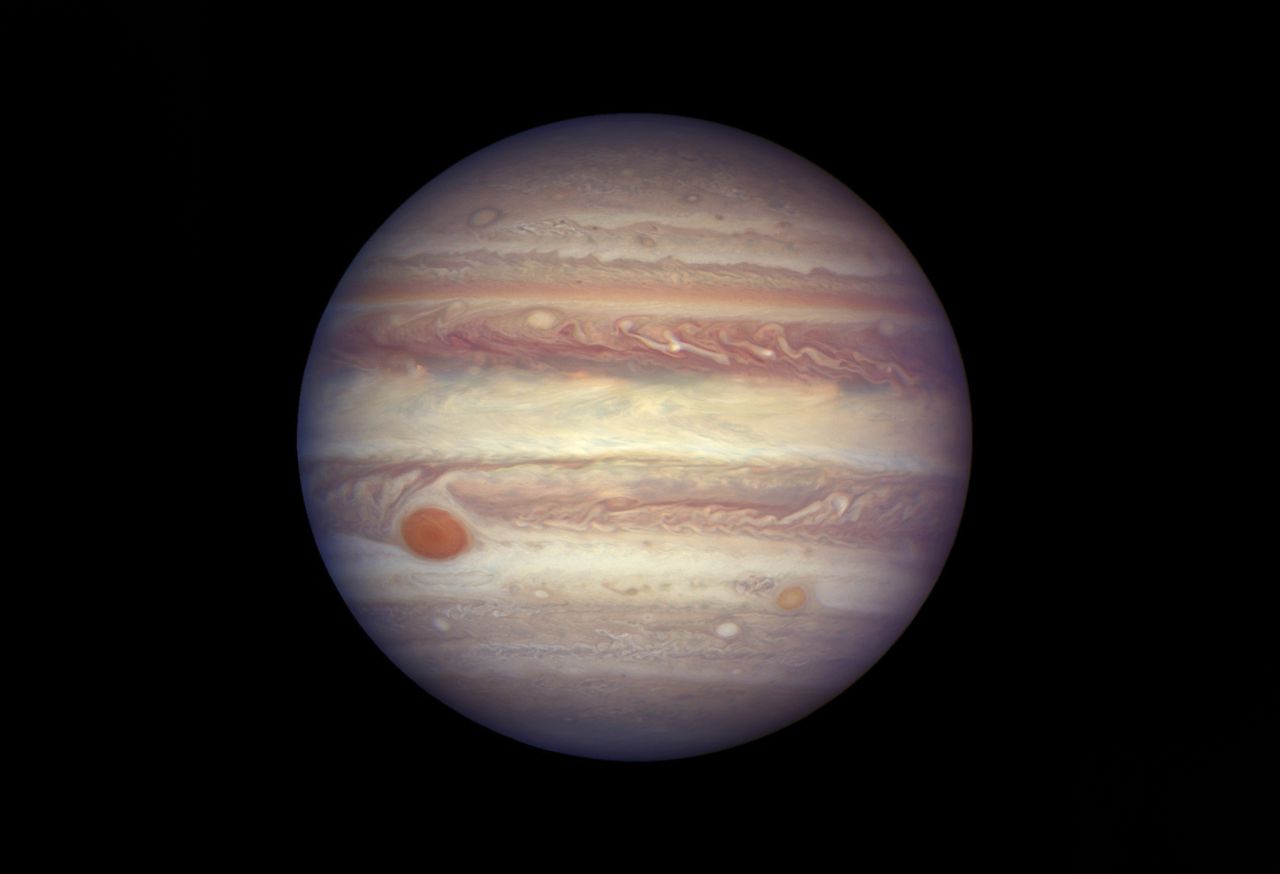
Two of Earth’s neighbors are on track to be in opposition, providing amateur and professional astronomers a clearer, brighter view of them both.
Beginning on Thursday until Friday, Nov. 3, Jupiter will be in opposition with Earth, according to EarthSky. Ten days later, Uranus will also be in opposition with Earth, appearing in the evening sky until April, the website also said.
Opposition is a phenomenon that only occurs with the planets past Earth, namely Mars, Jupiter, Saturn, Uranus and Neptune, are between Earth and the sun, according to the Royal Museums Greenwich in London. Sorry Venus and Mercury, no opposition for you.
“From our vantage point on Earth, Saturn (for example) is on the ‘opposite’ side of the sky to the Sun: when the Sun sets in the west, Saturn appears in the east,” the museums said.
This offers astronomer and stargazers an opportunity to see and photograph these planets in the night sky, as they appear at their largest and brightest, the museums added. The planets appear above the horizon for much of the night.
Opposition among the outer planets — Jupiter, Saturn, Uranus and Neptune — happens almost every year given to Earth’s faster orbit around the sun, the Greenwich museums said. Mars is different given its close proximity to Earth, which means its opposition happens every 27 months.
“If you really want to get the best photo of a planet you want to try and aim for when it’s riding really high in the sky and ‘at opposition’,” BBC Sky at Night Magazine art editor Steve Marsh told the museums. “You want the air to be nice and still. If you can get all those three things combined then you are going to have a really great picture at the end of it.”
When Jupiter is at its highest point in the sky, the sun in conjunction to Earth will “be below your feet,” EarthSky said. Leading up to its opposition, Jupiter will be at perigee, or closest point, with Earth at 370 million miles away. Jupiter will be the fourth-brightest celestial object in the sky at opposition, spotted in the direction of the constellation Aries. It will be the brightest starlike object in the sky until Venus rises in the morning.
- Read more: When will there be a full moon on Halloween?
Using binoculars, stargazers will have a chance to see Jupiter along with its four Galilean moons appearing as pinpoints, EarthSky continued, “arrayed in a line that bisects the giant planet.”
Uranus is a different story. On average, it is technically visible like Jupiter and the other gas giants, only its a much smaller spot in the sky, EarthSky said. It will also be located in the direction of Aries, and while visible to the naked eye, you’re better off with a telescope. When in opposition, Uranus will be at its brightest.
To see what time both planets will reach peak opposition, the Old Farmer’s Almanac has a planet rise-and-set calculator based on the date and user’s location.
Now for the tricky part for Massachusetts residents: what will the weather be like while Jupiter is at opposition between Thursday and Friday? So far, skies look clear on both days, according to the National Weather Service. Friday, though, could exhibit a small level of cloudiness over the region.





